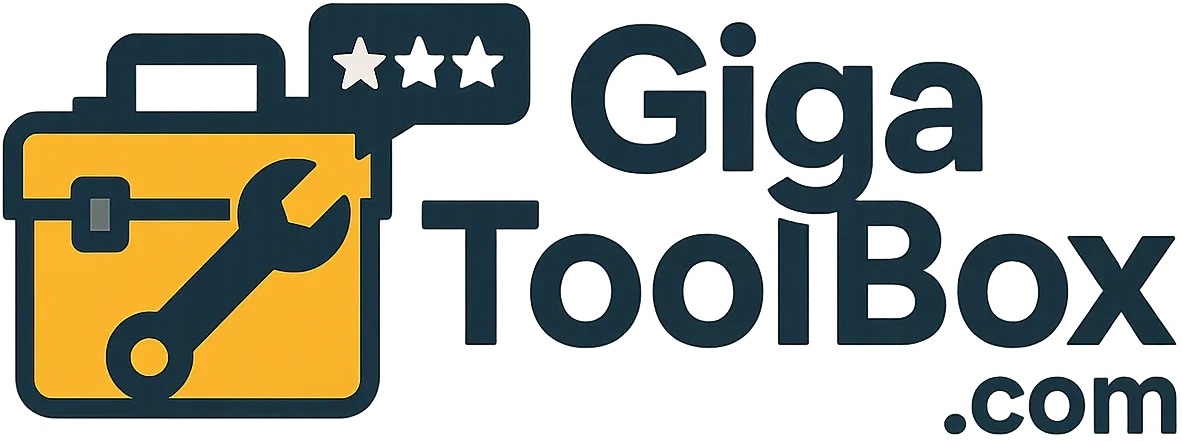
Over seven weeks, I ran Moosend in diverse scenarios: launching a nonprofit newsletter, running a SaaS onboarding drip, and polling e-commerce customer segments. I built automation workflows, tested dynamic content, analyzed deliverability, and integrated with third-party apps. Moosend emerged as a lightweight yet powerful email and automation platform—offering big capabilities without enterprise pricing. But how good is it compared to the other of the best email marketing tools?
Key Strengths (Practical Use-Case Testing)
Intuitive Email Editor & Templates
Moosend includes a drag-and-drop email editor with over 70 mobile-responsive templates. I crafted weekly newsletters and promotional sequences quickly. Dynamic blocks let me insert user-specific data—like location, last purchase date, or trial status—without HTML editing. Templates rendered cleanly across Outlook, Gmail, and mobile devices, maintaining solid deliverability.
Smart Automation Workflows
The visual automation builder supports event-base and tag-based triggers, AB testing, conditional splits, delays, and goal tracking. I built flows for new user onboarding, abandoned-cart reminders, and audience re-engagement. Breakdown logic and live performance views helped me spot drop-off points and optimize messaging effectively.
Advanced Segmentation & Personalization
With Moosend’s segmentation tools, I created groups based on behavior (e.g., clicked link X), demographic data, or purchase info. This enabled sending tailored campaigns like “Winter Sale for High-Spenders” or “Renewal Reminder for Trial Users.” Personalization improved open rates by ~20% over generic blasts.
Built-In Forms & Pop-Ups
The platform features form builder and on-site pop-up creation with targeting rules. I deployed a timed pop-up to new visitors with a discount offer, capturing 4.2% of visitors into the email list. Captured leads synced instantly into workflows, demonstrating effective capture-to-conversion.
E-Commerce Integrations
Moosend integrates with Shopify, WooCommerce, and Magento to streamline product-based emails. I created abandoned-cart automation, order confirmation sequences, and post-purchase cross-sell emails—all pulling product data dynamically. In one test, the cart-abandon sequence recovered around 11% of lost sales.
Reporting, Analytics & Deliverability Monitoring
Campaign analytics cover opens, clicks, bounces, and subscriber behavior. Automation analytics showed conversion rates per step. I tracked deliverability via reputation scores and domain warm-up tools. Across all campaigns, open rates averaged 28–38%, with spam complaint rates under 0.04%.
Affordable Pricing & Unlimited Emails
Moosend uses contact-based pricing with unlimited sending—starting from a 2,000-contact plan. I tested Free, Pro, and Enterprise tiers; each included automation and advanced reporting. For campaigns requiring high volume but modest budget, this pricing model is ideal.
API & Zapier Integrations
API endpoints support full list management, campaign triggering, and tagging. I also connected workflows to Slack and Google Sheets via Zapier—triggering Slack notifications for new signups and writing form submissions to Sheets in real time.
Real-World Campaign Outcomes
- Nonprofit Welcome Series: 4-part drip campaign improved donation capture rate by 12%.
- SaaS User Activation: Onboarding automation saw a 17% increase in trial-to-paid conversion over six weeks.
- E-Commerce Cart Recovery: Abandoned-cart flow recovered 11% of lost sales using email only.
- Subscriber Re-Engagement: A reactivation campaign yielded a 6% return rate from dormant subscribers.
Pricing Structure (Tested Across Plans)
Moosend offers three pricing tiers based on contact count:
- Free Plan – Up to 1,000 contacts; includes core features, branding.
- Pro ($10+/month) – Removes Moosend branding; adds landing pages, advanced reporting.
- Enterprise (Custom) – Includes SSO, onboarding support, SLA, priority deliverability help.
Disclaimer: Pricing and plan features may change over time. Always confirm the latest details on Moosend’s website.
All tiers allow unlimited email sending, unlimited automation workflows, and full use of forms and integrations.
Pros and Cons
Pros
- Unlimited sends at competitive contact pricing
- Easy and visually clean automation workflows
- Strong personalization with dynamic blocks
- E-commerce and form support out-of-the-box
- Clean reporting and deliverability tools included
- API and Zapier integration options
Cons
- Design options are more functional than visually advanced
- Email editor lacks advanced A/B testing features
- CRM features are minimal—rely on tagging and segments
- Pop-ups are basic; no advanced behavioral targeting
- No SMS or push messaging within the platform
Final Verdict
Moosend delivers exceptional value through its unlimited sending, flexible automation, solid design capabilities, and e-commerce integrations—all at a budget-friendly price. It’s a great fit for startups, nonprofits, coaches, and online shops looking for scalable email marketing without complexity or enterprise cost. Its strengths lie in delivering powerful campaigns simply and affordably.
Final Rating: 8.2/10 — A reliable email marketing and automation platform ideal for cost-conscious teams seeking scalable campaign tools.
